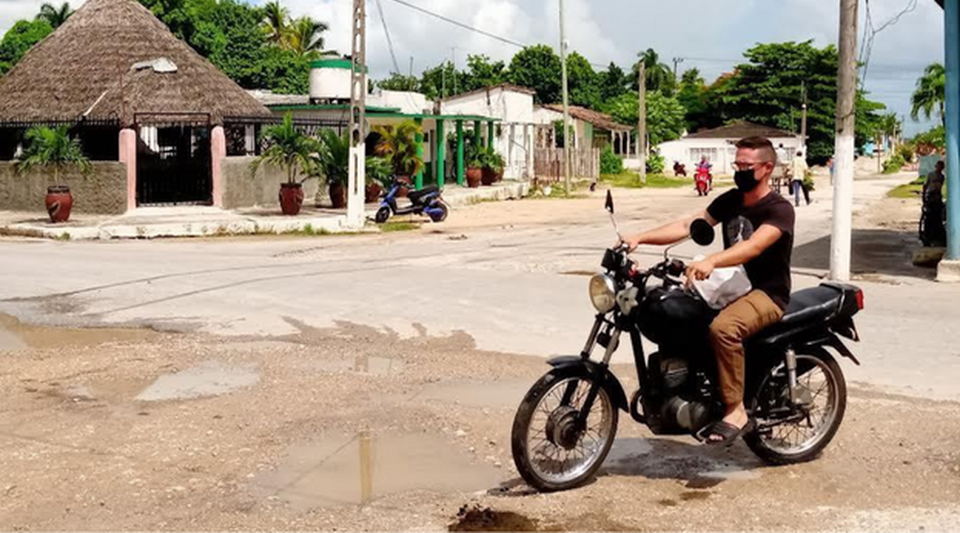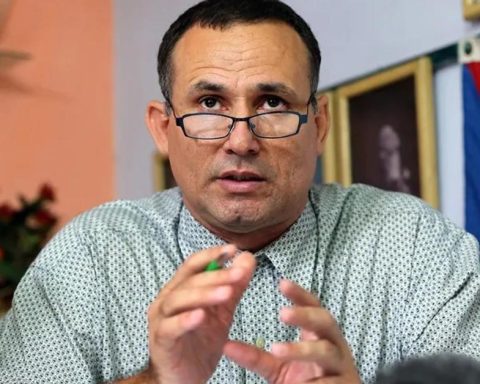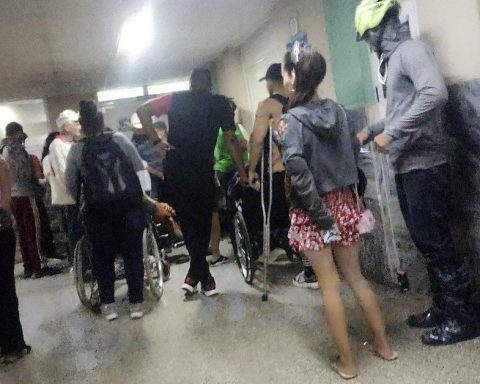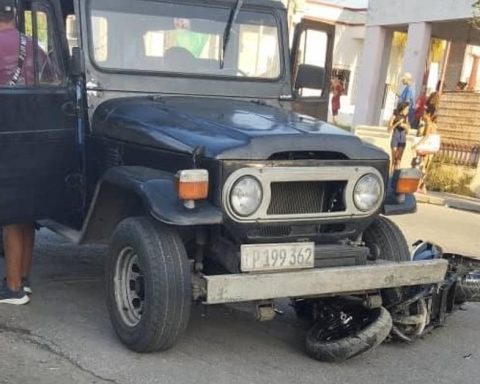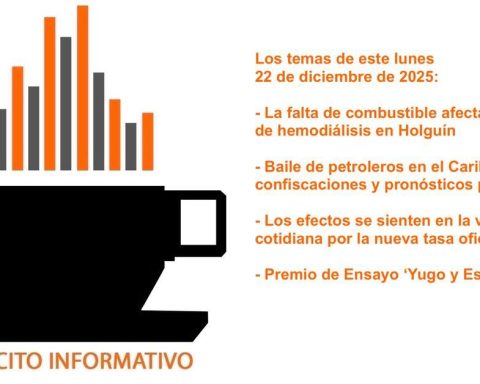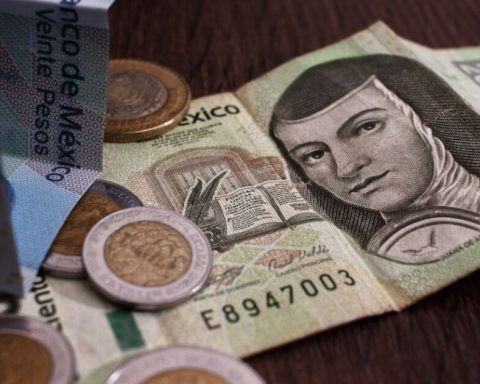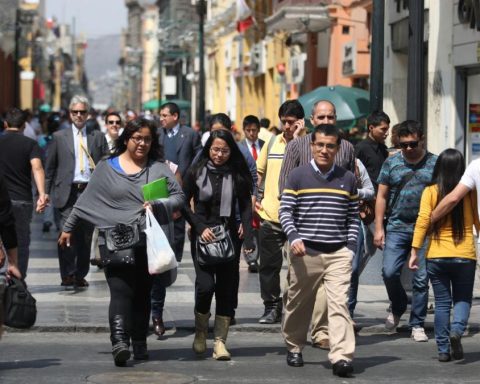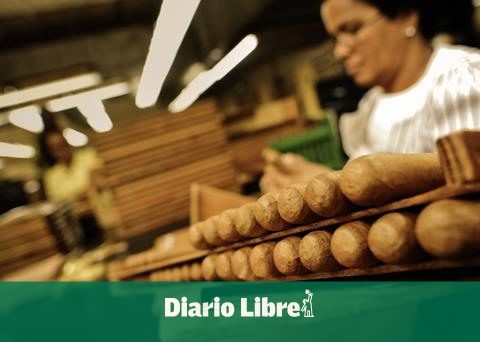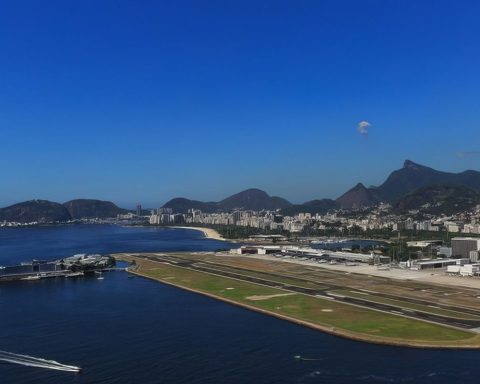A blackout in the city is not the same as one in the country. When the power goes out in an urban center, even in the smallest towns, the humming of voices begins to break the silence, the heat makes people talk, shout, move their furniture to the doorway and, if possible, smoke and listen to a portable radio.
On the contrary, in a hamlet –on the side of a motorway or in an old power plant– the blackout is more absorbing and inhospitable. It is the ideal opportunity for local thieves, night prowlers and bandits who know well the always rugged geography of the town.
But in the midst of the energy crisis there are places apparently safe from the cuts scheduled by the Electric Union. The towns of Taguayabón and Rosalía, between Camajuaní and Remedios, in Villa Clara, seem to be part of those “untouchable” points in the Cuban cartography of the blackout.
The neighbors, accustomed to the fact that nothing on the Island obeys logic, know that at any moment they will lose the “privilege” of electricity. At the moment, they explain the miracle by alleging that both towns are close to a sector that the Government considers key to the operation, although precarious, of the province.
In a sort of “exceptional” circuit, both farmhouses are close to the General Teaching Hospital December 26, at the entrance to Remedios, and to the Osvaldo Herrera meat packing company, in the popular council of Vega de Palma, on the way to Vueltas.
The population of each of these nuclei is modest, which is why they do not represent an excessive cost of electricity: Taguayabón has 3,308 inhabitants; Rosalía, 235 and Vega de Palma, 238. It would not be possible to “save” Vueltas, Camajuaní or Remedios from the blackout, which have several tens of thousands of residents.
“We are fine,” he tells 14ymedio a resident of Taguayabón, “but that doesn’t mean we don’t know anything about the blackouts and the protests in other places. In Camajuaní and Remedios they are turning off the power for six or twelve hours straight, but the towns around here have been without power for a month.” blackout. There are those who joke that this is the new Marianao and that they want to move here.”
A ride on the infernal “bus del Matadero” –which transports workers from Salamina, near Santa Clara, to Vueltas– is enough to understand the importance of the Vega de Palma meatpacking plant. The rickety vehicle, loaded with university students, late-night commuters and employees of Cárnicos Villa Clara, slowly runs along the highway to Camajuaní and turns towards Salamina.
That slaughterhouse, along with two others – Lorenzo González, from Sagua, and Chichi Padrón, in Santa Clara – are responsible for providing raw materials to the Vega de Palma packer. The bus follows the same course as the meat: once it has passed Camajuaní, it enters the bumpy road to Vueltas, leaving behind the Entronque, another poor hamlet.
A part of the production is sent to the hotels of the nearby Cayería Norte; another non-negligible percentage of sausage “tubes” ends up on the informal market
The Osvaldo Herrera packer depends on the Ministry of the Food Industry. It employs about 250 workers and produces croquettes, canned goods and sausages, including the unpleasant Cuban versions of bologna, whose consumption is rationed by the government. A part of the production, the best quality, is sent to the hotels in the nearby Cayería Norte. Another non-negligible percentage of sausage “tubes” ends up in the informal market or available – upon payment in dollars from abroad – on digital food sales portals.
Production in Vega de Palma also requires the flour that is sent from Cienfuegos and soybeans from Santiago de Cuba –indispensable to make picadillo, another Cuban gastronomic nightmare–, while other companies provide nylon, cardboard and preservatives to package the products.
In Vega de Palma there are two stuffing machines, a meat grinder and a boneless dough grinder, five steam ovens with a capacity to cook 1,500 kilograms, fans, showers to clean the meat and refrigerators.
Yolanda, a packinghouse worker, tells 14ymedio that your company has long lacked an emergency power plant. “It totally depends on the national electricity system,” he says, “and although no one confirms that this is why there are no blackouts, we know it. Everything would be lost!”
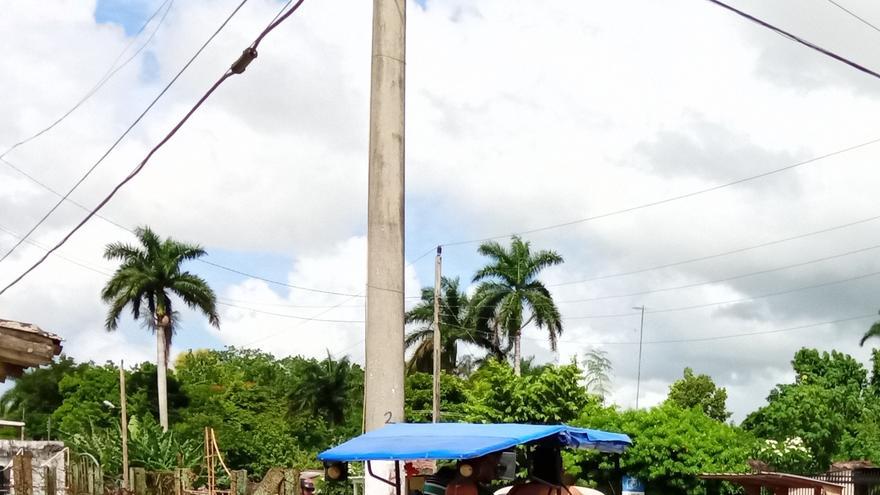
If a blackout stopped the cycle, hotels would run out of sausages, butcher shops without their monthly ration of bologna, and the government would add another crisis to its long list of unresolved problems.
However, not even uninterrupted power supply is a guarantee for the proper functioning of the baler. Ernesto, another of his employees, assures that the company does not work every day.
“Sometimes the work is interrupted because there is no fuel for the trucks that bring the meat from Salamina. Other times, what is missing is the raw material. The wheat flour runs out and it is impossible to make croquettes. Then you have to make mincemeat or mortadella , at least while the supply of pork or chicken lasts,” the man concludes.
The neighbors assume that the Government has made its calculations: it maintains the electricity supply because it would be more expensive to spend fuel to run the generator sets of both centers
The other “guardian angel” against blackouts in rural towns is the Remedios hospital. With 480 workers, of whom 67 are doctors and 138 nurses, all seriously ill patients from nearby municipalities are referred to this health center, including Camajuaní, which only has one polyclinic.
In the old but effective hospital there are rooms for pediatrics, obstetrics, gynecology, anesthesiology, general surgery, intensive care, clinical laboratories and other facilities. A prolonged power outage would be fatal during surgery or for those patients who depend on equipment to stay alive.
Of course, neither the colossal packing plant nor the Remedy hospital are long-term guarantees. The neighbors assume that the Government has made its calculations: it maintains the electricity supply because it would be more expensive to spend fuel to run the generator sets of both centers.
No one has much hope that the situation will remain stable, of course. If the small towns in the Villa Clara countryside have not been affected too much by the blackout, it is precisely because of their small size. The Cuban government and its energy bureaucracy know where to cut off electricity and for how long. On this depends the popular unrest, increasingly uncontrollable, and its direct consequence: the nightly protest.
________________________
Collaborate with our work:
The team of 14ymedio is committed to doing serious journalism that reflects the reality of deep Cuba. Thank you for joining us on this long road. We invite you to continue supporting us, but this time becoming a member of our newspaper. Together we can continue transforming journalism in Cuba.
